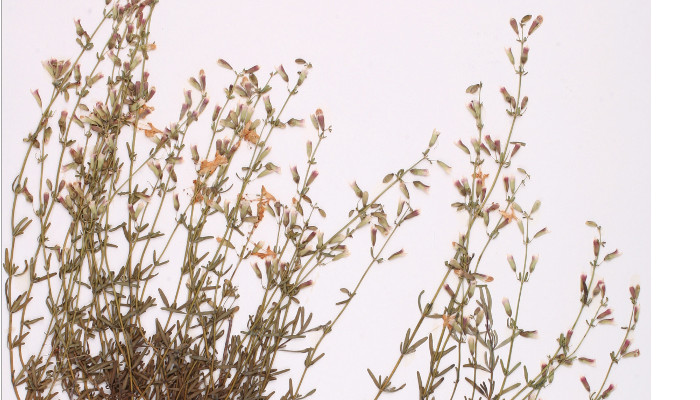Research Experiences for Undergraduates in Digitized Collections Data
Contributed by Pam Soltis and Adania Flemming
iDigBio supported five students in its inaugural mini-REU site program during summer, 2017. This program, modeled on NSF’s Research Experiences for Undergraduates Program, was developed to provide undergraduates with research opportunities using digitized natural history collection data.


 Data curation profiles (DCPs). DCPs give scientists, researchers, and data managers an enhanced and detailed understanding of the “data story” from the perspective of the data. A DCP “captures requirements for specific data generated by researchers articulated by the researchers themselves” (
Data curation profiles (DCPs). DCPs give scientists, researchers, and data managers an enhanced and detailed understanding of the “data story” from the perspective of the data. A DCP “captures requirements for specific data generated by researchers articulated by the researchers themselves” (



 -- Contributed by
-- Contributed by 











